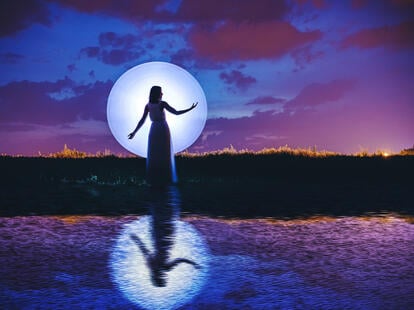
Birthday
The paintings of the German painter Gerhard Richter (*9.2.1939) repeatedly achieve record prices at auctions.
The Austrian writer Thomas Bernhard (*9.2.1931,†1989) received the Georg Büchner Prize in 1970 and is one of the most important German-language authors.
Other birthdays: Mia Farrow (*1945), Alice Walker (*1944), Judith Light (*1949), Charles Shaughnessy (*1955), Travis Tritt (*1963),
Rose Leslie (*1987)
Saint's day
Julian (from Julius: Of the family of the Julians)
Anna Catherine
|
Daily aspects
|
|
Moon Square Uranus |
|
Moon Trine Mercury |
Daily aspects

We may be eccentric, headstrong, hyper, irritable, and moody during this time. We are prone to changing moods. Willfulness may show itself in love. Do not make hasty decisions at this time. They tend to do exactly the opposite of what is expected of them. There could be unexpected challenges or rapid changes today. Fortunately, this aspect will pass after two hours.

This Trine gives you excellent learning skills, a sound mind, quick wit, language skills, and good judgment. Your intelligence is powerful. You practice independent and practical thinking and are open to everything new. It's an excellent time to go on a road trip.
Current timezone: Australia/Melbourne (UTC +10:00). change timezone
Calendar
Please choose a day:



